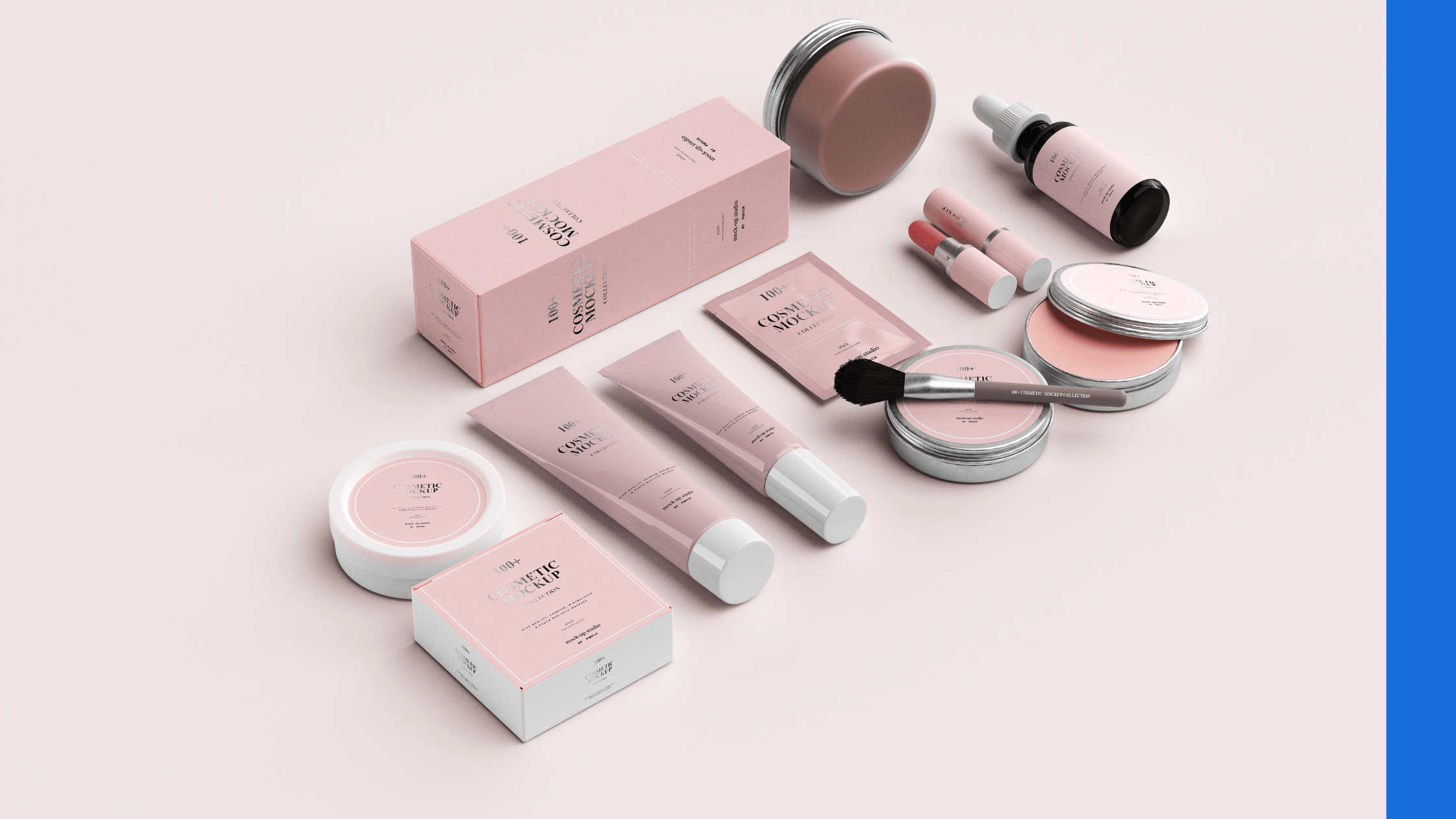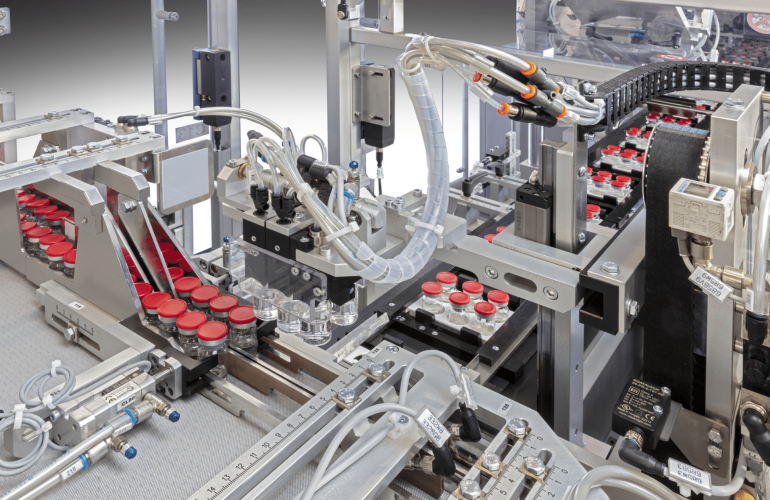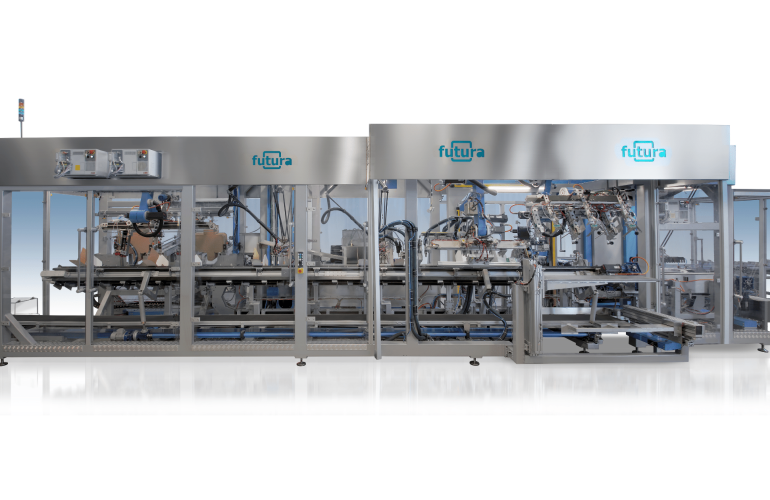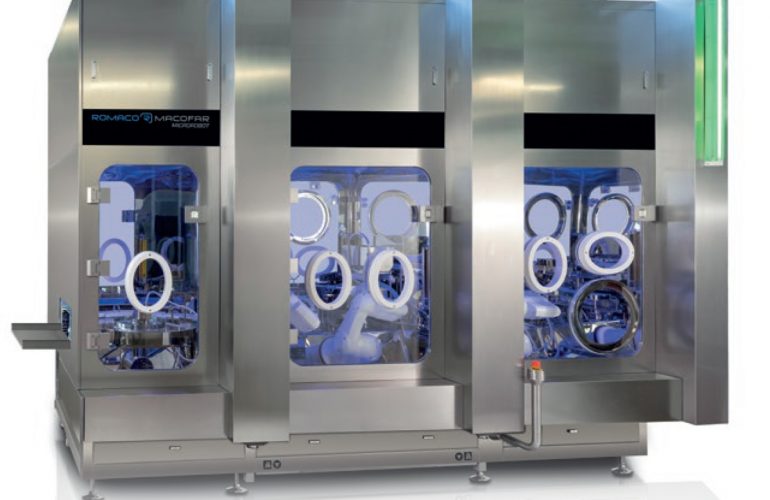Automation has a role to play in every stage of cosmetic production, but its benefits are most noticeably felt at the end of the process in packing. A problem at this stage can cause the rest of the line to slow down and reduce output, so it’s vital it runs efficiently.
It’s no surprise that manufacturers in the cosmetics industry are keen to invest in packaging machinery to speed up production without compromising on standards.
In this blog, we’ll look at the types of machinery available and the benefits of investing.
Packaging machinery for cosmetic production
The cosmetics industry is diverse, with a vast array of products that take many forms – from liquids to powders and gels. Each one has its own packaging requirements, but above all, the products must be handled carefully.
Retailers and consumers expect high standards from the cosmetics industry, and packaging is key to this. Its appearance is important, but so is the way that it protects the product to ensure that it arrives in good condition.
There are machines to suit each type of packaging, including:
- powder filling machines
- blister packaging
- stick pack and sachet machines
- cartoners
- palletisers
Powder filling machines are frequently used in the cosmetics industry to fill bottles with dry non-flowing powder, and they are a good example of how automating this part of the production process can benefit manufacturers.
These machines measure out precisely the right amount of powder for each bottle, and what’s more, they do it consistently. Doing this job manually would take much longer, and with human involvement, there are bound to be discrepancies between products on different days.
Precision, speed, and consistency are just some of the reasons that manufacturers are investing in machines like the Macofar line of powder fillers from Romaco.
The next stage of the packing process
Primary packaging is the layer that makes contact with the product (it’s what the customer picks up to buy), but there is another element of packaging beyond this.
Secondary and tertiary packaging is used to protect the products in transit, and this isn’t usually seen by the customer. For example, cartons, boxes and pallets that are used to pack products for shipping.
Cartoners, like those from Romaco’s Promatic range, are designed to build boxes then pack them and seal them shut. These machines have a small footprint, and they can be set up to work horizontally or vertically to fit the space available.
By automating this part of the process, you’re guaranteed little downtime. Not only are packaging machines reliable, but unlike the labour force, they don’t slow down or need any breaks – and they don’t take sick leave.
Ultimately, this means the rest of the production line can continue operating at maximum efficiency and output won’t suffer.
Read more about how packing automation improves a production line.
Automation in cosmetic production – the bottom line
When you give the job of packing to a machine, you can speed up the production and maximise output without compromising on quality or hygiene.
At the same time, your costs are guaranteed to decrease – not least because of a reduction in your labour bill. All of this puts you in the best position to meet your business and financial goals in the long term.
If you work in the cosmetics industry and you’d like to find out more about introducing automation into your production line, contact the specialists at Pharma Machinery.




